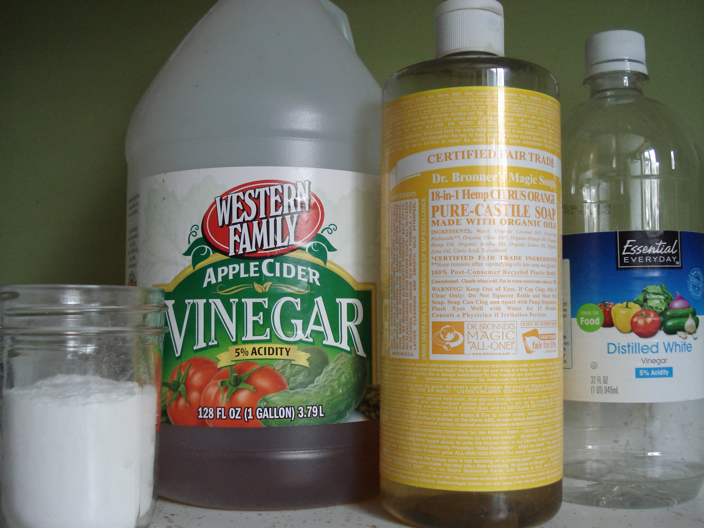So you want to get into BDSM? Welcome! The scene—in other words, the world of BDSM—can be a lot of fun, and people are generally friendly to newbies. All of this can seem intimidating, but just remember that everything should be “safe, sane and consensual.”
Here’s at least some of what you can expect:

Sex doesn’t need to be a part of your BDSM play.
There’s an assumption that BDSM is all about sex, but plenty of people have had scenes (a BDSM session with a partner) without even taking clothes off.
Expect a spectrum of interests.
BDSM can mean bondage and discipline, dominance and submission, sadism and masochism. People into BDSM are as diverse as people anywhere are.
The definition of this is slightly different for some people, but generally speaking, “safe, sane and consensual” means you’ll be having safer sex, not trying anything too risky if you haven’t been trained, not playing around with kink (I’ll use “kink” interchangeably with “BDSM”) under the influence of alcohol or drugs, and not doing anything kinky that both partners haven’t agreed to first. Bigger cities and conferences offer classes so people can become experts (classes are a great way to learn about something without trying it in a scene, by the way).
People who aren’t in the kink lifestyle often assume it’s all about “whips and chains”, but lots of kinky people never use either. Some people who are into impact play might use whips, but they could also use floggers or canes or belts or bare hands. Or even wooden spoons! Anything to make an impression (sorry, couldn’t resist the pun).
Despite what you might read in Fifty Shades of Grey, bondage isn’t the first step for many people. Bondage is something you do with someone you really trust.
How do you know what a potential play partner is into?
Well, you negotiate beforehand. It’s common for people to talk before a session together and work out activities that both people are comfortable with, as well as a way to end the session if things aren’t as expected. For example, play partners can agree on a safe word; it can be any word that isn’t likely to come up (so “no” or “ow” isn’t a good safe word, because a person can say those in conversation, without wanting things to stop). Some people use “red” as a safe word, with “yellow” as a warning that the scene might be getting too intense. Safe words aren’t the only tool at one’s disposal to be safe: there are plenty of other safeguards that you can use, depending on what you’re doing. Another example is a safe call, where you make an arrangement with a third party (not a play partner) that if you don’t call by, say, 11 pm and say that you’re safe, they’ll call the police.
One of the hardest things about kink is knowing yourself well enough to know what you want, so that you can negotiate these things with a partner. A way to figure out some of your kinks is to pay attention to what turns you on—it can be something that will surprise you!
Some people are more dominant, and some are more submissive. Others are equally comfortable in either role, and switch between the two: these people are known as “switches.” People who are more dominant might identify as a “dominant” or a “master”; submissives might identify as a “sub” or as a “slave.” Although “dominant” and “master” seem like synonyms, they aren’t, and that’s true for “sub” and “slave,” too.
So where can you find people to play with?
Fetlife.com, a social networking site for kinksters, is a great first step. You can use it as a way to find other like-minded people near you, or you can look at the groups. There’s a group—a chat board, essentially—for any kink you can imagine, and probably a bunch you can’t. The “Novices & Newbies” board has a section with frequently asked questions that is a tremendously useful resource.
That said, be aware that not everyone in your life will be accepting of your kinky leanings, so take it slowly when you “come out” to others about your interest in BDSM. You might want to be cautious about using your full name and a easily-recognized photo on Fetlife. (My photo doesn’t show my face, and I don’t use my real name—a choice made by many people in the scene. That’s also why this is being written anonymously!)
If you are wary about Internet security, how do you find out about kink?
There are some very useful books:
- SM 101 by Jay Wiseman (Greenery Press, 1998) is an older title, but it has useful information about the basics of BDSM.
- Playing Well with Others by Lee Harrington and Mollena Williams (Greenery Press, 2012) gives plenty of details about how to find people like you, how to negotiate with them, and even what to wear when you see them.
Regardless of what you’re into, remember to take it slowly! No need to rush into the scene—it will still be there in a week, a month, or a year. You’ll want time to figure out what you want.















